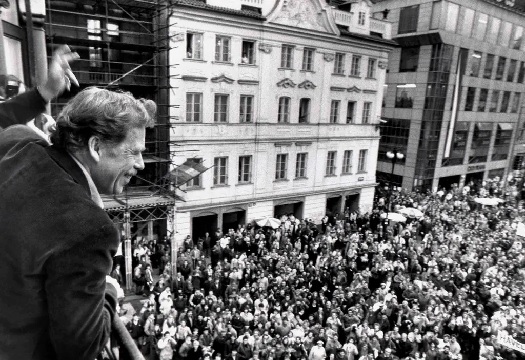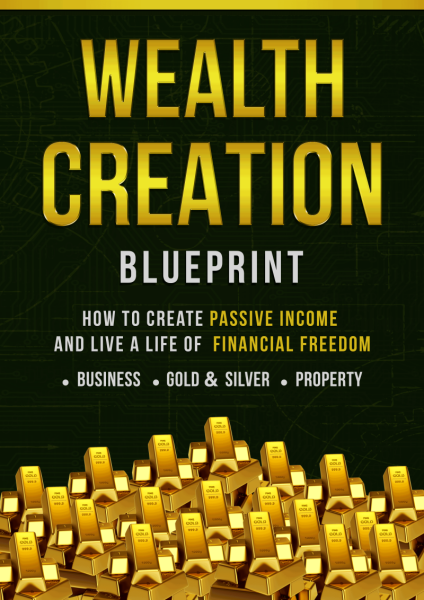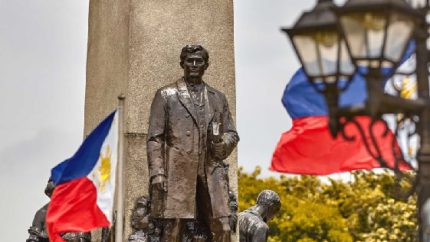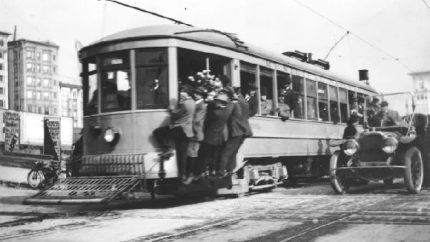
The Wounded Knee Massacre (1890)
On December 29, 1890, the Wounded Knee Massacre unfolded on the snow-covered plains of South Dakota. U.S. Army troops, dispatched to disarm a group of Lakota Sioux, opened fire on a camp of men, women, and children. Over 250 Lakota lives were lost in the ensuing chaos, marking one of the most devastating atrocities in Native American history. The massacre occurred amidst heightened tensions following the Ghost Dance movement, a spiritual revival among Native Americans aimed at restoring their lands and way of life. U.S. authorities, fearing an uprising, sought to suppress the movement with force. The Wounded Knee Massacre symbolizes the tragic consequences of cultural misunderstanding and the broader suppression of Native American sovereignty during westward expansion.
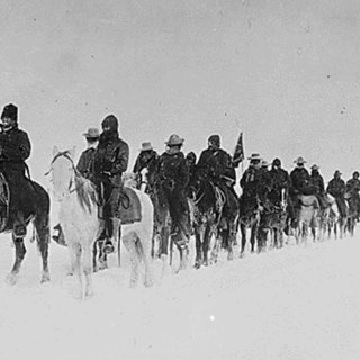
The Martyrdom of Thomas Becket (1170)
On this day in 1170, Thomas Becket, Archbishop of Canterbury, was murdered in Canterbury Cathedral by knights loyal to King Henry II. Once a trusted confidant and Chancellor to the king, Becket’s relationship with Henry soured over disputes concerning the rights and privileges of the Church. In a dramatic confrontation, Becket’s refusal to absolve excommunicated followers of Henry led to his brutal assassination on the altar steps. The murder shocked Christendom and led to Becket’s canonization as a saint in 1173. His shrine became a pilgrimage site, immortalized in Geoffrey Chaucer’s “The Canterbury Tales.” The martyrdom of Thomas Becket underscores the enduring tension between ecclesiastical authority and royal power in medieval Europe.
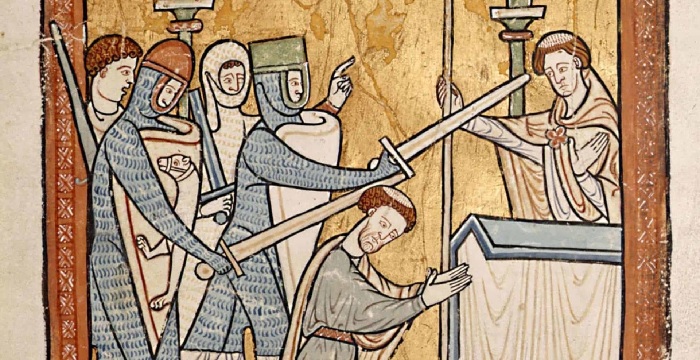
The Second Great Fire of London (1940)
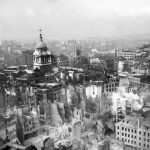
During World War II, on the night of December 29, 1940, German forces launched a devastating air raid on London. Dropping thousands of incendiary bombs, the attack ignited a conflagration that came to be known as “The Second Great Fire of London.” The inferno consumed large swathes of the city’s financial and historic districts, including the destruction of iconic structures like the Guildhall. More than 160 people lost their lives, over 500 were injured, and countless buildings were reduced to rubble. Yet, amidst the destruction, the resilience of Londoners shone through. The attack became a symbol of the “Blitz spirit,” illustrating the city’s determination to endure and rebuild during one of history’s darkest chapters.
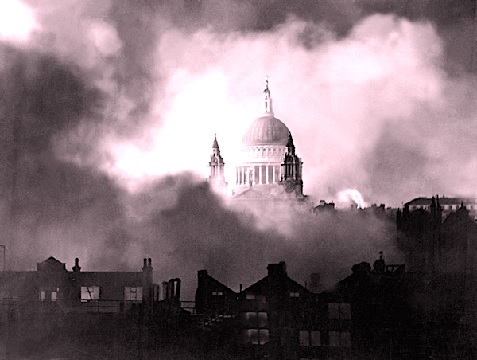
Vaclav Havel’s Rise to the Presidency (1989)

On December 29, 1989, playwright and dissident Vaclav Havel ascended to the presidency of Czechoslovakia, marking a pivotal moment in the nation’s history. Havel, a leading figure in the Velvet Revolution, helped dismantle decades of communist rule through peaceful protests and intellectual resistance. As the last president of Czechoslovakia, he oversaw the country’s transition from authoritarianism to democracy before its peaceful split into the Czech Republic and Slovakia in 1993. Havel’s tenure as the first president of the Czech Republic lasted until 2003. A celebrated writer and human rights advocate, his legacy lies in his unwavering commitment to freedom, justice, and cultural renewal. Havel’s story is a testament to the power of intellect and integrity in shaping the course of history.
